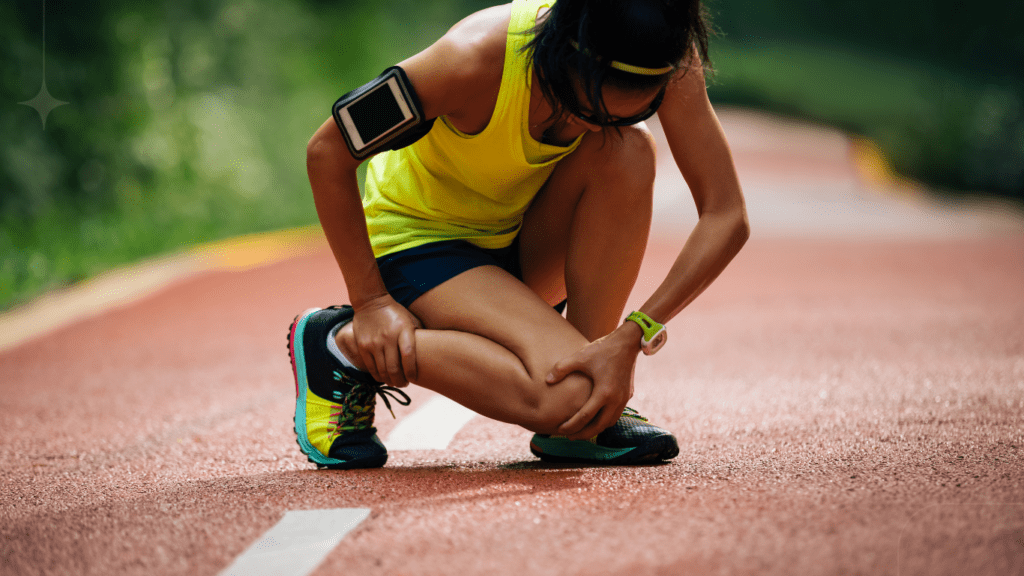Being involved in sports comes with its thrills and challenges, and one common challenge athletes face is the risk of injuries. As an athlete myself, I understand the importance of knowing how to prevent, treat, and rehabilitate sports injuries effectively. In this article, I’ll delve into the world of sports injuries, exploring key strategies to stay injury-free, the latest treatments available, and the essential steps in the rehabilitation process.
From sprains and strains to fractures and concussions, sports injuries can vary in severity and impact. By staying informed and proactive, athletes can significantly reduce their risk of getting sidelined due to injuries. Whether you’re a seasoned athlete or just starting in the sports world, understanding the fundamentals of injury prevention, treatment options, and rehabilitation techniques is crucial for a successful and enduring athletic journey.
Understanding Sports Injuries
Sports injuries are common occurrences in the world of athletics, affecting athletes of all levels. Understanding the types and causes of these injuries is essential for effective prevention and treatment strategies.
Common Types and Causes
In sports, injuries can vary from minor sprains to severe fractures, each with its specific causes. Common types include:
- Muscle strains from overstretching or overuse
- Ligament sprains due to sudden twists or impacts
- Fractures resulting from high-impact collisions or falls
The causes of sports injuries are often linked to:
- Poor training techniques or improper equipment use
- Overtraining without adequate rest periods
- Environmental factors like slippery surfaces or extreme weather conditions
Impact on Athletes
Sports injuries can have a significant impact on athletes, both physically and psychologically. The consequences may include:
- Inability to participate in training and competitions
- Loss of fitness levels and performance capabilities
- Emotional distress and frustration from setbacks
Understanding the implications of sports injuries is crucial for athletes to prioritize injury prevention and seek timely treatment for optimal recovery and long-term athletic success.
Prevention Strategies for Sports Injuries
To minimize the risk of sports injuries, athletes should implement effective prevention strategies. Understanding the importance of proactive measures can significantly contribute to their overall performance and well-being.
Training and Conditioning Techniques
Engaging in proper training and conditioning techniques is crucial for injury prevention. It’s essential to gradually progress in intensity and duration to allow the body to adapt and reduce the likelihood of overuse injuries. Incorporating cross-training activities can also help in enhancing overall strength and flexibility, thereby reducing vulnerability to specific injuries associated with repetitive motions.
Protective Gear and Equipment
Using appropriate protective gear and equipment is essential in mitigating the impact of potential sports injuries. Ensuring that gear fits well and is in good condition can significantly reduce the risk of severe injuries. Athletes should prioritize wearing helmets, pads, braces, and other safety equipment relevant to their sport to provide optimal protection during training and competitions.
Treatment Options for Sports Injuries

When it comes to treating sports injuries, prompt and appropriate actions play a crucial role in the recovery process. Understanding the various treatment options available can aid athletes in getting back to their peak performance levels swiftly.
Initial Response and Care
In the immediate aftermath of a sports injury, the RICE protocol is often recommended. This involves Resting the injured area, applying Ice to reduce inflammation, using Compression to minimize swelling, and Elevating the injured limb. Following this protocol can help manage pain and swelling in the early stages of injury.
Medical Interventions and Therapies
For more severe sports injuries like fractures or torn ligaments, medical interventions may be necessary. These can include surgical procedures to repair damaged tissues or stabilize fractures. Additionally, physical therapy plays a vital role in the rehabilitation process, focusing on restoring range of motion, strength, and flexibility in the injured area. Advanced therapies such as ultrasound, electrical stimulation, and laser therapy may also be utilized to expedite healing and reduce recovery time.
Rehabilitation and Recovery Processes
In the realm of sports injuries, the path to recovery is a crucial phase that athletes must navigate diligently. It involves implementing a comprehensive approach that encompasses various aspects like physiotherapy, exercises, psychological support, and effective coping strategies. Let’s delve into these key components that contribute significantly to the rehabilitation and recovery processes.
Physiotherapy and Exercises
I have found that physiotherapy plays a pivotal role in the rehabilitation journey of athletes recovering from sports injuries. It involves a tailored regimen of exercises and interventions aimed at restoring strength, flexibility, and function to the affected area. By working closely with a physiotherapist, individuals can accelerate their recovery, reduce the risk of re-injury, and enhance their overall performance on the field.
Engaging in specific exercises as part of the rehabilitation process is essential for rebuilding muscle strength, improving range of motion, and promoting tissue healing. These exercises are designed to target the affected area while considering the athlete’s unique needs and recovery goals. Adhering to a structured exercise program under the guidance of a trained professional is key to achieving optimal results and ensuring a successful return to sport.
Psychological Support and Coping Strategies
The psychological impact of sports injuries should not be underestimated, as they can significantly affect an athlete’s mental well-being and performance. Seeking psychological support during the rehabilitation phase is vital for addressing feelings of frustration, anxiety, or fear that may arise from being sidelined due to an injury. By working with sports psychologists or counselors, athletes can develop coping strategies to manage stress, maintain a positive mindset, and stay motivated throughout the recovery process.
Incorporating mental conditioning techniques, visualization exercises, and mindfulness practices can help athletes maintain focus, stay resilient, and cultivate a strong mental attitude towards their rehabilitation journey. By nurturing their mental resilience and emotional well-being, athletes can not only recover from their injuries more effectively but also emerge stronger and more resilient in the face of future challenges on and off the field.


